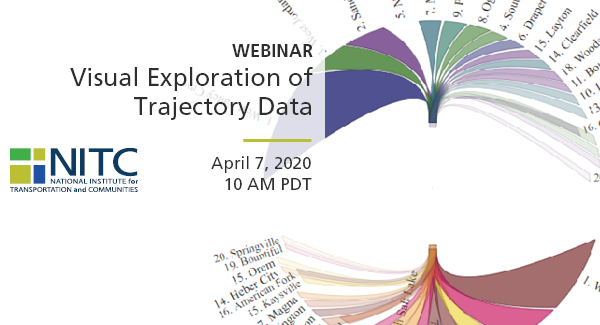The video begins at 2:15.
View slides
Abstract: TriMet has used a computer aided dispatch (CAD)/automatic vehicle location (AVL) system to manage bus and rail operations since the late 1990s. TriMet is currently in the process of updating the CAD/AVL system, and anticipates improvements in bus tracking and performance monitoring. This presentation will show how TriMet uses data from the system to support intelligent transportation systems (ITS) such as TransitTracker and automatic stop announcements in buses and trains, as well as to analyze transit operations such as on time performance and passenger loads.
Speaker Bios: Steve Callas is the Manager of Service and Performance Analysis at TriMet in Portland Oregon, where he is responsible for operations performance monitoring and analysis. This includes analyzing TriMet’s comprehensive automatic vehicle location and automatic passenger counter data archive. Additionally, Steve is involved in various transit operations research projection in conjunction with Portland State University and OTREC. Steve has been with TriMet for over 15 years.
David is an operations analyst with TriMet. He is involved in AVL data mining and analysis, safety analysis, automatic stop announcements, transit signal priority, and real-time...
Read more
